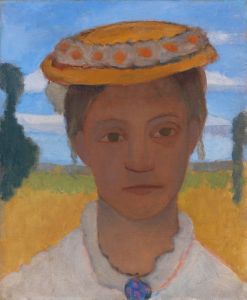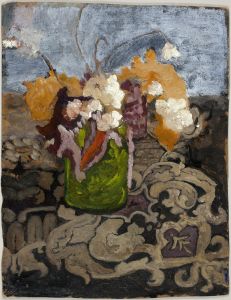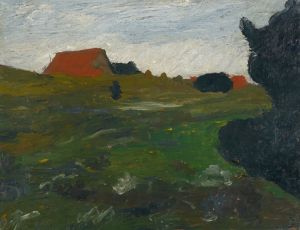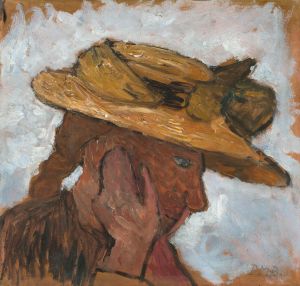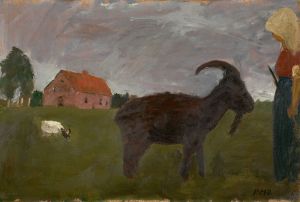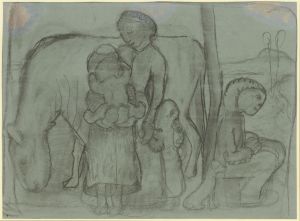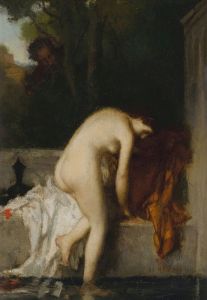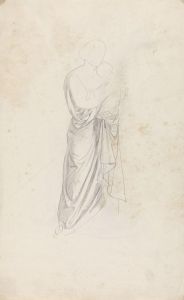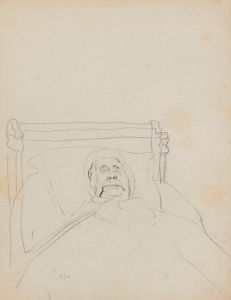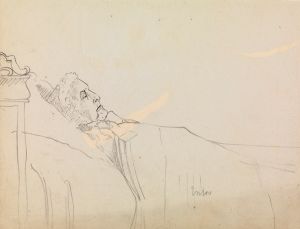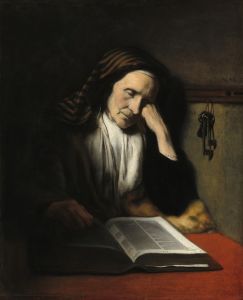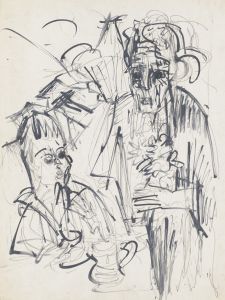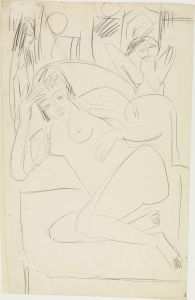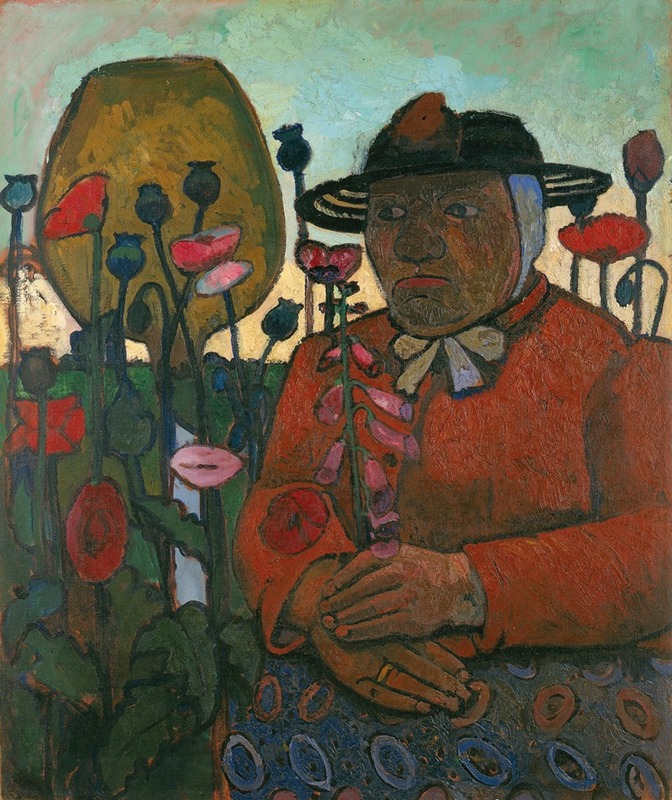
Old poor woman with a glass ball and poppies
A hand-painted replica of Paula Modersohn-Becker’s masterpiece Old poor woman with a glass ball and poppies, meticulously crafted by professional artists to capture the true essence of the original. Each piece is created with museum-quality canvas and rare mineral pigments, carefully painted by experienced artists with delicate brushstrokes and rich, layered colors to perfectly recreate the texture of the original artwork. Unlike machine-printed reproductions, this hand-painted version brings the painting to life, infused with the artist’s emotions and skill in every stroke. Whether for personal collection or home decoration, it instantly elevates the artistic atmosphere of any space.
"Old Poor Woman with a Glass Ball and Poppies" is a painting by the German artist Paula Modersohn-Becker, who is recognized as one of the most important early Expressionists. Modersohn-Becker was born on February 8, 1876, in Dresden, Germany, and she became a pioneering figure in modern art before her untimely death at the age of 31. Her work is noted for its bold use of color, simplified forms, and emotional depth.
The painting "Old Poor Woman with a Glass Ball and Poppies" was created in 1907, during a period when Modersohn-Becker was exploring themes of aging, poverty, and the human condition. This work is significant as it reflects her interest in depicting the lives of ordinary people, particularly women and the elderly, with a sense of dignity and empathy.
In this painting, an elderly woman is depicted holding a glass ball and surrounded by poppies. The glass ball, often considered a symbol of fragility and the passage of time, contrasts with the vibrant red poppies, which can symbolize both life and death. The juxtaposition of these elements highlights the transient nature of existence and the resilience of the human spirit.
Modersohn-Becker's style in this painting is characterized by its simplicity and directness. She employs a limited color palette, focusing on earthy tones and the striking red of the poppies. The brushwork is expressive yet controlled, allowing the viewer to focus on the emotional presence of the subject. The woman's face is rendered with a sense of realism, capturing the lines and expressions that speak to her life experiences.
The composition of the painting is carefully balanced, with the glass ball and poppies drawing the viewer's eye towards the central figure. Modersohn-Becker's use of light and shadow adds depth to the image, creating a sense of intimacy and immediacy. This approach is typical of her work, which often seeks to convey the inner life of her subjects through their outward appearance.
Paula Modersohn-Becker's contributions to art were not fully recognized during her lifetime, but she has since been acknowledged as a key figure in the development of modern art. Her work, including "Old Poor Woman with a Glass Ball and Poppies," continues to be celebrated for its emotional intensity and innovative approach to portraiture.
Today, Modersohn-Becker's paintings are held in high regard and can be found in major art collections and museums around the world. Her legacy is one of breaking new ground for female artists and pushing the boundaries of traditional art forms to explore deeper human truths.





